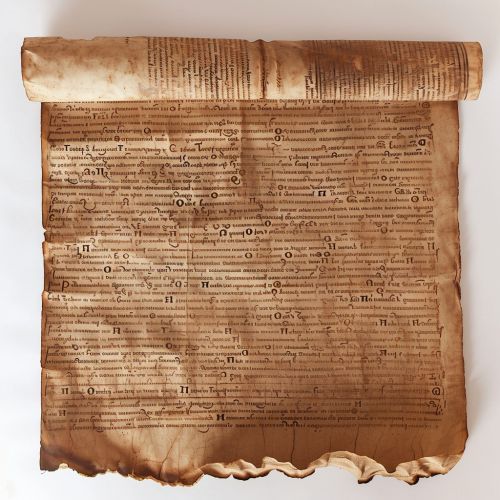Edict of Milan
Background
The Edict of Milan was a proclamation that permanently established religious toleration for Christianity within the Roman Empire. It was the outcome of a political agreement concluded in Milan between the Roman emperors Constantine I and Licinius in February AD 313. The edict, made in the form of a letter, is found in Lactantius' "De Mortibus Persecutorum" and in Eusebius of Caesarea's "History of the Church" with marked divergences between the two.[1][2]


Historical Context
The edict was issued in the context of the end of the Tetrarchy, a system of government where each of the four emperors ruled over a quarter-division of the empire. In the year before the Edict of Milan, the emperors Diocletian, Maximian, Galerius, and Constantius issued edicts of persecution against the Christians. The Edict of Milan reversed these measures, and it is considered by many to mark the end of the Persecution of Christians in the Roman Empire.
Content of the Edict
The Edict of Milan allowed people to follow the Christian religion without fear of punishment. It granted Christians, and others, the right to choose to worship whichever deity they chose. This edict made the Empire officially neutral with regard to religious worship; it neither made the traditional religions illegal nor made Christianity the state religion, as occurred later with the Edict of Thessalonica. The Edict of Milan is found in Lactantius' "De Mortibus Persecutorum" and in Eusebius of Caesarea's "History of the Church".
Impact
The Edict of Milan had profound implications for the development of Christianity within the Roman Empire. It marked the end of an era of persecution and began a period of legal recognition and privileges for Christianity. The edict also had significant political implications, as it marked the beginning of Constantine's alliance with the Christian church.
